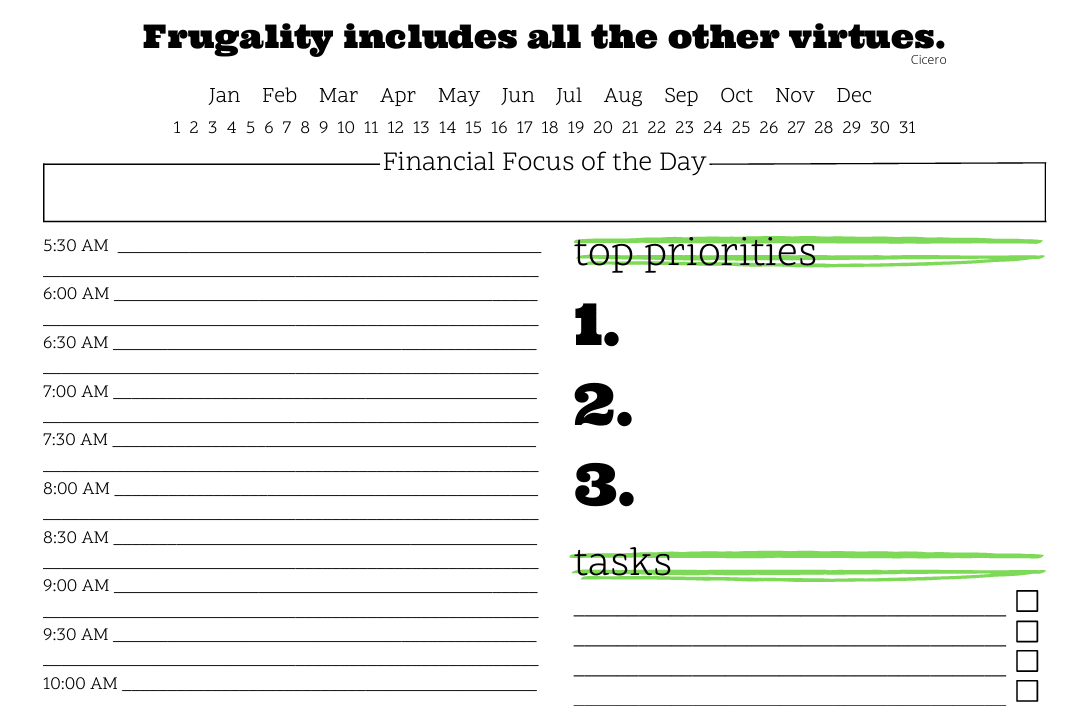This article may contain references to products or services from one or more of our advertisers or partners. We may receive compensation when you click on links to those products or services. Nonetheless, our opinions are our own.
Embarking on the open road on a motorcycle brings a sense of freedom that’s hard to match. However, with this freedom comes the responsibility of ensuring your journey is as secure as it is thrilling. This is where motorcycle insurance steps in, a guardian angel for your two-wheeled adventures.
But what exactly is motorcycle insurance, and what does it cover? In this article, we’ll dive deep into the world of motorcycle insurance, providing you with essential motorcycle insurance information and serving as your comprehensive motorcycle insurance guide.
From the basics of coverage to the intricacies of policy options, we’ll explore how motorcycle insurance protects you, your ride, and your financial wellbeing on every twist and turn.
Whether you’re a seasoned rider or just starting out, understanding the ins and outs of motorcycle insurance is crucial for every motorcyclist. Let’s gear up and navigate through the facts of motorcycle insurance, ensuring you’re well-informed and ready to ride with confidence.
Understanding Motorcycle Insurance
What is Motorcycle Insurance?
Motorcycle insurance is a type of financial protection that is often required by law for motorcycle riders. It’s designed to cover the costs associated with accidents, theft, and other damages involving a motorcycle. Just like car insurance, it provides a safety net for riders, ensuring that they are financially covered in case of unexpected events on the road.
Key Components of Motorcycle Insurance
Motorcycle insurance comprises several coverage types, each serving a specific purpose:
Liability Coverage: This is the most basic form of motorcycle insurance, covering costs if you’re responsible for causing injury to others or damage to their property. It’s a legal requirement in most states.
Guest Passenger Liability: Specifically covers injuries to a passenger riding with you on your motorcycle, providing protection in case they are hurt while you’re operating the bike.
Uninsured/Underinsured Motorist Coverage: Offers protection if you’re involved in an accident with a driver who either lacks insurance or doesn’t have enough insurance to cover the damages.
Medical Payments (MedPay): Helps cover medical expenses for you and your passengers regardless of who is at fault in an accident.
Personal Injury Protection (PIP): Similar to MedPay, PIP covers medical expenses, and can also cover lost wages and other non-medical costs resulting from an accident.
Collision Coverage: Pays for repairs to your motorcycle if you’re involved in a collision with another vehicle or object, regardless of fault.
Comprehensive Coverage: Covers non-collision-related damages to your motorcycle, such as those resulting from theft, vandalism, or natural disasters.
What does Motorcycle Insurance cover?
Liability
Liability insurance is a fundamental aspect of motorcycle insurance, designed to cover the costs if you’re responsible for causing injury to others or damage to their property. This coverage is crucial as it protects you from the financial burden of legal fees, medical expenses, and repair costs that you may be obligated to pay if you’re at fault in an accident.
Comprehensive and Collision
Comprehensive and collision coverage offer financial protection for your motorcycle itself. Collision coverage takes care of repair or replacement costs for your bike if you’re involved in a traffic accident, regardless of who is at fault. Comprehensive coverage, on the other hand, provides protection against non-collision incidents such as theft, vandalism, fire, and natural disasters. Together, these coverages ensure that your investment in your motorcycle is protected under a wide range of circumstances.
Additional Coverage Options
Motorcycle insurance also offers several additional coverage options to cater to specific needs:
- Guest Passenger Liability extends your liability coverage to include injuries to a passenger riding with you, offering them protection in case of an accident.
- Uninsured Motorist Coverage protects you if you’re involved in an accident with a driver who does not have insurance or whose insurance is insufficient to cover the damages.
- Medical Payments (MedPay) coverage helps cover medical expenses for you and your passengers, regardless of who is at fault in the accident.
What Motorcycle Insurance Does Not Cover
Motorcycle insurance provides essential protection for riders, but it’s important to understand that not everything is covered under a standard policy. Here are some typical exclusions that policyholders should be aware of:
- Racing and Competitive Events: Any damages or injuries resulting from participation in racing, speed contests, or other competitive events are generally not covered. Insurance companies view these activities as high-risk and exclude them from standard policies.
- Criminal Acts: Damages or losses incurred while committing criminal acts, including theft of the motorcycle by the policyholder, will not be covered. This exclusion applies regardless of whether the policyholder is convicted of the crime.
- Commercial Use: Standard motorcycle insurance policies do not cover motorcycles used for commercial purposes, such as delivery services or taxi operations. Riders using their motorcycles for business must obtain a separate commercial insurance policy to be adequately covered.
- Mechanical or Electrical Failures: Problems arising from mechanical or electrical failures within the motorcycle itself are not covered. These issues are considered maintenance-related and are the responsibility of the owner.
- Unauthorized Riders: If someone who does not have permission to use the motorcycle, or who does not meet the policy’s criteria (such as holding a valid motorcycle license for a specified period), is involved in an accident, the resulting damages may not be covered.
Cost of Motorcycle Insurance
Factors Influencing Insurance Costs
The cost of motorcycle insurance is influenced by several key factors, each playing a significant role in determining your premium. Location is a major determinant, as the risk of theft, accidents, and even natural disasters can vary greatly from one area to another.
Driving history also impacts rates significantly; riders with a history of accidents or traffic violations can expect higher premiums. The details of the motorcycle, including its make, model, age, and any modifications, affect the cost as well, with higher-value bikes generally costing more to insure. Lastly, the coverage choices you make, such as opting for comprehensive or collision coverage, will directly influence your insurance costs.
Average Costs and State Variations
The average cost of motorcycle insurance can vary widely, from as low as $75 per year to over $1,000, depending on the factors mentioned above. Rates also differ significantly by state due to variations in laws, risk levels, and market competition.
For example, a rider in a densely populated state with a high rate of theft may pay more than someone in a rural area. Additionally, insurance companies offer different rates based on their own assessments of risk and their market strategy, leading to price variations from one provider to the next.
Requirements and Recommendations
State Requirements for Motorcycle Insurance
Every state has its own set of rules regarding motorcycle insurance, primarily focusing on minimum liability limits. These limits are the least amount of coverage you must have to legally ride your motorcycle. They typically cover bodily injury and property damage that you may cause to others in an accident.
However, it’s crucial to understand that these minimums may not fully protect you in all accident scenarios. Therefore, exceeding these minimum liability limits is often recommended to ensure you have adequate protection against potential financial losses.
Recommended Coverage Levels
Choosing the right amount of motorcycle insurance coverage is a personal decision that should be based on your individual needs and risks. While state minimums provide a starting point, they often do not cover your own injuries or damages to your motorcycle.
For comprehensive protection, consider adding collision coverage, which pays for repairs to your motorcycle if you’re at fault in an accident, and comprehensive coverage, which covers non-collision-related damage such as theft, vandalism, or natural disasters.
Additionally, uninsured/underinsured motorist coverage is advisable, as it protects you if you’re involved in an accident with a driver who has no insurance or insufficient coverage. Assessing your riding habits, the value of your motorcycle, and your financial situation can help you determine the right coverage levels to suit your needs.

Reviewed and edited by Albert Fang.
See a typo or want to suggest an edit/revision to the content? Use the contact us form to provide feedback.
At FangWallet, we value editorial integrity and open collaboration in curating quality content for readers to enjoy. Much appreciated for the assist.
Did you like our article and find it insightful? We encourage sharing the article link with family and friends to benefit as well - better yet, sharing on social media. Thank you for the support! 🍉
Article Title: The Ultimate Motorcycle Insurance Guide
https://fangwallet.com/2024/03/19/the-ultimate-motorcycle-insurance-guide/The FangWallet Promise
FangWallet is an editorially independent resource - founded on breaking down challenging financial concepts for anyone to understand since 2014. While we adhere to editorial integrity, note that this post may contain references to products from our partners.
The FangWallet promise is always to have your best interest in mind and be transparent and honest about the financial picture.
Become an Insider

Subscribe to get a free daily budget planner printable to help get your money on track!
Make passive money the right way. No spam.
Editorial Disclaimer: The editorial content on this page is not provided by any of the companies mentioned. The opinions expressed here are the author's alone.
The content of this website is for informational purposes only and does not represent investment advice, or an offer or solicitation to buy or sell any security, investment, or product. Investors are encouraged to do their own due diligence, and, if necessary, consult professional advising before making any investment decisions. Investing involves a high degree of risk, and financial losses may occur including the potential loss of principal.
Source Citation References:
+ Inspo












































